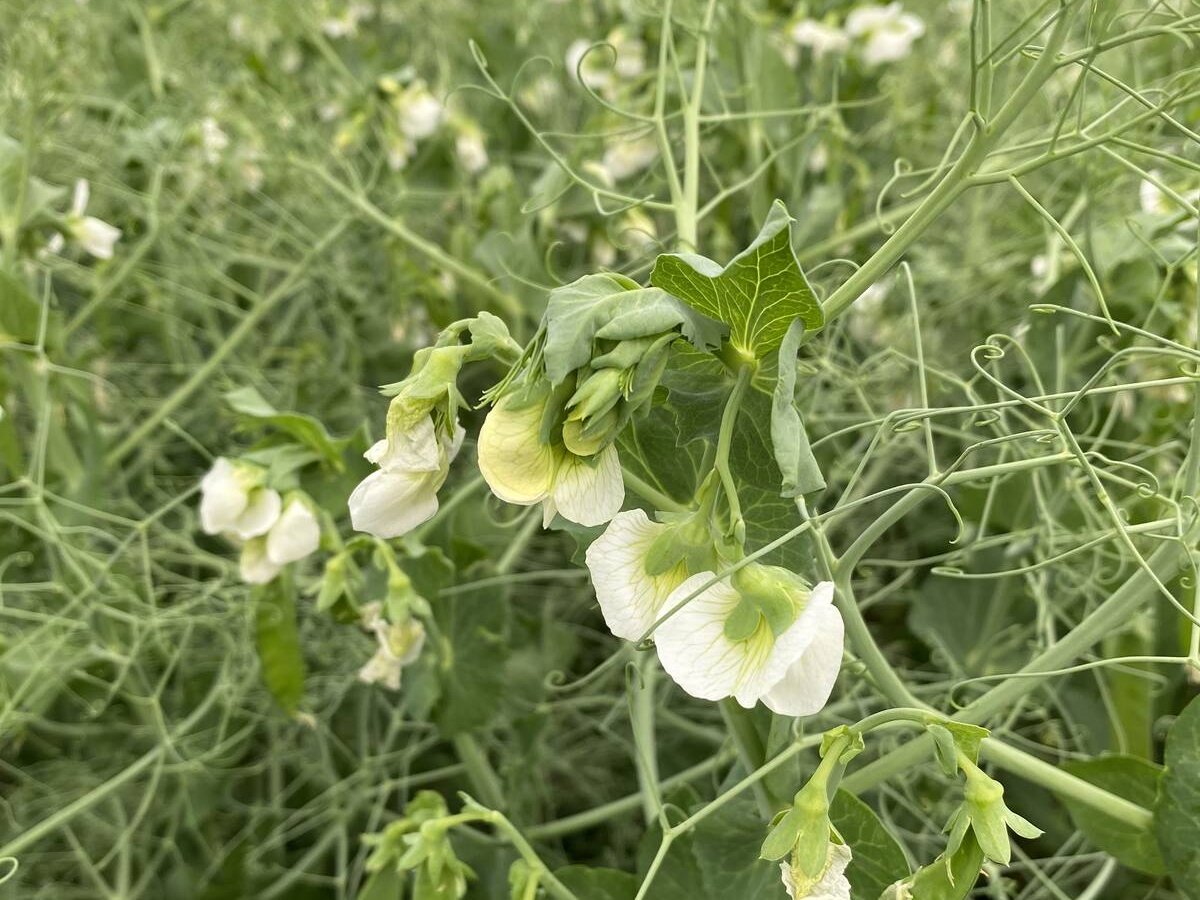Grain industry groups wonder why growers are not using a Pest Management Regulatory Agency program that allows them to import cheap pesticides from the United States.
Pulse Canada is responsible for collecting and remitting container disposal fees associated with chemical that growers bring across the border through the Grower Requested Own Use Import (GROU) program.
As a result, it knows how much product is coming in from the U.S.
“The program has very, very light use,” said Pulse Canada chief executive officer Gordon Bacon.
Read Also

India slaps 30 per cent import duty on yellow peas
India has imposed a 30 per cent duty on yellow pea imports with a bill of lading date on or after Nov. 1, 2025.
“It’s not zero, but it’s not very much.”
A study by the University of Guelph’s Ridgetown Campus shows deals are to be had by cross-border shopping, including pesticides eligible for import through the GROU program.
Producers could buy Banvell II herbicide for $21.07 per litre in the U.S. compared to $41.01 in Ontario. Assure II could be bought for $37.55 per litre compared to $75.11 in Canada.
“I’m just not sure people really know about it,” said Richard Phillips, executive director of Grain Growers of Canada.
Producers were aware of its predecessor, the Own Use Import (OUI) program, because it received a lot of publicity as the program that paved the way for the import of large volumes of a generic glyphosate product called ClearOut 41 Plus.
In addition to lack of farmer awareness, the GROU program is more cumbersome than the OUI program. Under the OUI program, growers could place their orders through Farmers of North America, or other companies that handled paperwork and logistics.
“That convenience factor made it easier for everyone to use it. That piece is missing in the GROU program,” Phillips said.
Under the new program, growers can import product on their own, with a small group of growers or by hiring a customs broker. In each case, at least one import certificate holder has to be at the border to usher the product across. Phillips said that makes GROU more onerous than its predecessor.
He also said even growers who know about the GROU program don’t realize that the list of eligible products has been greatly expanded in recent months. Seventeen pesticides are now eligible for import through GROU.















